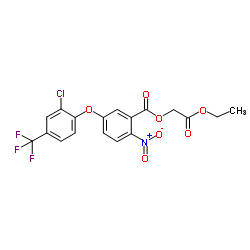50594-66-6
| Name | acifluorfen |
|---|---|
| Synonyms |
EINECS 256-634-5
5-[2-Chloro-4-(trifluoromethyl)phenoxy]-2-nitrobenzoic acid Acifluorfen ∆ WNR BVQ DOR BG DXFFF Acifluorofen 5-(2-Chloro-4-(trifluoromethyl)phenoxy)-2-nitrobenzoic acid 5-(2-chloro-α,α,α-trifluoro-p-tolyloxy)-2-nitrobenzoic acid 5-{[2-Chloro-4-(trifluoromethyl)phenyl]oxy}-2-nitrobenzoic acid 5-(2-Chloro-4-trifluoromethylphenoxy)-2-nitrobenzoic acid Acifluorfen MFCD00143541 |
| Description | Acifluorfen, a protoporphyrinogen oxidase (PROTOX) inhibitor herbicide, promotes the accumulation of protoporphyrin IX (PPIX), and induces tumors in the rodent liver. Acifluorfen causes strong photooxidative destruction of pigments and lipids in sensitive plant species[1][2]. |
|---|---|
| Related Catalog | |
| In Vitro | The effect of Acifluorfen on glutathione and ascorbate levels in cucumber (Cucumis sativus L.) cotyledon discs is investigated to assess the relationship between herbicide activity and endogenous antioxidants. Acifluorfen decreases the levels of glutathione and ascorbate over 50% in discs exposed to less than 1.5 hours of white light (450 microeinsteins per square meter per second). Acifluorfen also causes the rapid depletion of ascorbate in far-red light grown plants which are photosynthetically incompetent[2]. |
| In Vivo | Dietary treatment with 2500 ppm Acifluorfen for up to 13 weeks increases Cyp2b10 expression in the livers of wild-type mice, but not in CAR-knockout (CARKO) mice. Microscopically, Acifluorfen treatment-induces cytotoxic changes, including hepatocellular necrosis and inflammation, and causes regenerative changes accompanied by prolonged increases in the numbers of proliferating cell nuclear antigen-positive hepatocytes in WT mice[1]. |
| References |
| Density | 1.6±0.1 g/cm3 |
|---|---|
| Boiling Point | 422.4±45.0 °C at 760 mmHg |
| Melting Point | 161ºC |
| Molecular Formula | C14H7ClF3NO5 |
| Molecular Weight | 361.657 |
| Flash Point | 209.2±28.7 °C |
| Exact Mass | 360.996490 |
| PSA | 92.35000 |
| LogP | 4.35 |
| Vapour Pressure | 0.0±1.1 mmHg at 25°C |
| Index of Refraction | 1.576 |
| Storage condition | 0-6°C |
CHEMICAL IDENTIFICATION
HEALTH HAZARD DATAACUTE TOXICITY DATA
|
| Symbol |



GHS05, GHS07, GHS09 |
|---|---|
| Signal Word | Danger |
| Hazard Statements | H302-H315-H318-H410 |
| Precautionary Statements | P273-P280-P305 + P351 + P338-P501 |
| Personal Protective Equipment | dust mask type N95 (US);Eyeshields;Gloves |
| Hazard Codes | Xn:Harmful;N:Dangerousfortheenvironment; |
| Risk Phrases | R22;R38;R41;R50/53 |
| Safety Phrases | S24-S39-S60-S61 |
| RIDADR | UN 3077 |
| RTECS | DG5643070 |
| Packaging Group | III |
| HS Code | 2918990027 |
|
~% 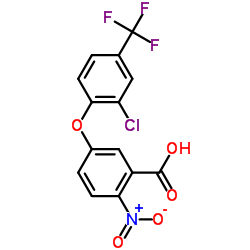
50594-66-6 |
| Literature: Rohm and Haas Company Patent: US4031131 A1, 1977 ; |
|
~% 
50594-66-6 |
| Literature: Rohm and Haas Company Patent: US4395570 A1, 1983 ; |
|
~% 
50594-66-6 |
| Literature: Rohm and Haas Company Patent: US4031131 A1, 1977 ; |
|
~% 
50594-66-6 |
| Literature: Zeneca Limited Patent: US6342630 B1, 2002 ; Location in patent: Example 2 ; |
| Precursor 4 | |
|---|---|
| DownStream 10 | |
| HS Code | 2918990027 |
|---|---|
| Summary | 2918990027 5-(2-chloro-4-(trifluoromethyl)phenoxy)-2-nitrobenzoic acid。supervision conditions:s(import or export registration certificate for pesticides)。VAT:17.0%。tax rebate rate:9.0%。MFN tarrif:6.5%。general tariff:30.0% |

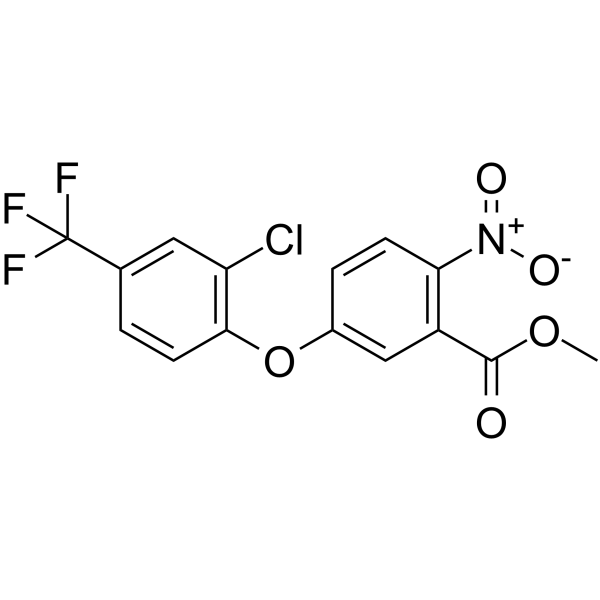

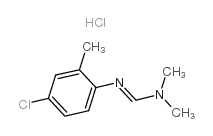
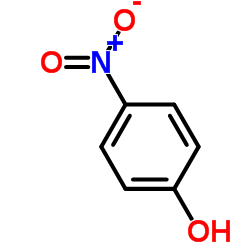
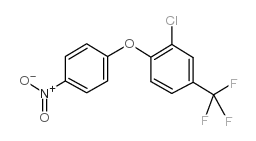
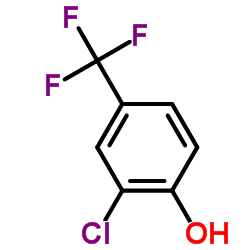
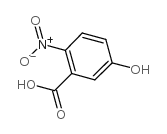
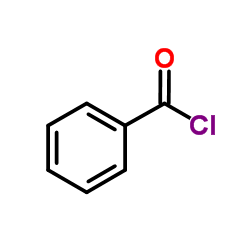
![5-[2-chloro-4-(trifluoromethyl)phenoxy]-2-nitrobenzoyl chloride structure](https://image.chemsrc.com/caspic/381/67446-83-7.png)

